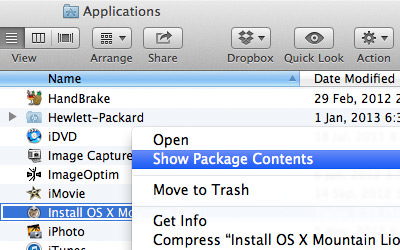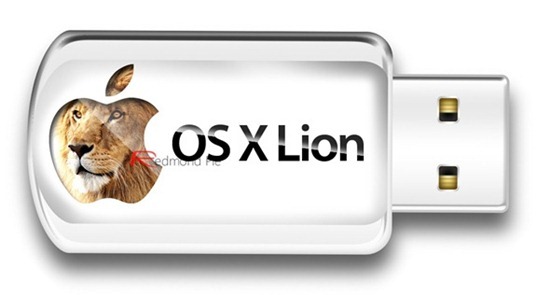

- #Make a bootable installer for os x lion for free#
- #Make a bootable installer for os x lion mac os x#
- #Make a bootable installer for os x lion install#
- #Make a bootable installer for os x lion download#
#Make a bootable installer for os x lion for free#
This can be fixed by flashing the SuperDrive’s stock firmware using free command line tools that one can find for free online (I will write about this process also, but at a later time because this article only focuses on allowing you to create your own alternative USB boot disc).
#Make a bootable installer for os x lion install#
This is due to the updated SuperDrive firmware included in either the Install disc or the software updates one has to install to reach the latest version of OS X, namely 10.6.6.
#Make a bootable installer for os x lion mac os x#
Other users may have to reinstall OS X altogether, but will find, or already know, that their SuperDrive (a CD/DVD reader and write combo drive) is not functioning properly and it will not be able to read the Install disc.Īlthough this might happen to Mac OS X Leopard users due to faulty hardware, the vast majority of problematic SuperDrives will be encountered inside Snow Leopard running Macs. If you ever had problems with your Mac OS X installation you know that the first thing you should do is to check the startup volume using Disk Utility.Īfter the check has ended and, if the errors exceed a certain level of seriousness, the Disk Utility application will require you to restart your Mac and use its Mac OS X Install disc counterpart. To use this tutorial an 8 GB or larger USB stick, a second Mac computer with a working SuperDrive or a Mac OS X Install disc DMG file will be needed. This might be needed if your Mac needs a reinstall or a “Repair Disk” procedure and it has problems reading the bundled Install disc. That’s it! Enjoy your Mac OS X Lion Install USB drive.This article will allow you to learn the necessary steps for creating your own bootable Mac OS X Leopard (or Lion) image on a USB memory stick. We are only missing the original background now, so hit Command-J to open the window settings, select Image as the background option, and drag the MacOSX_Media_Background.png file into the picture picker next to the background options.Īdjust the file icon size to your preferred one, I chose 128×128 myself. Open the Terminal, and type the following commands to hide the rest of the files in the USB drive’s root folder: cd "/Volumes/Mac OS X Install/" sudo chflags hidden Library Packages private System *.png The original USB drive sold by Apple has only a single file, the Install Mac OS X Lion app visible when you open the drive:

Now select your newly made USB drive, hit Command-I to Get Info, click the generic icon to select it and press ⌘V to overwrite it with the Apple version.
#Make a bootable installer for os x lion download#
Download this zip, uncompress it and open the icon file in the Preview, then press ⌘ A to select all the sizes and hit ⌘C to Copy them. This is how it should look like:Ĭlick the Restore button and go grab a cup of coffee, this should take a while. When it completes, you’ll have your own Mac OS X Lion Install USB thumb drive. Next drag your newly formated USB drive’s only volume to the Destination field. Make sure the partition scheme selected is GUID Partition Table, you can check this by clicking the Options… button below the partition map.Ĭlick OK / Apply to partition and erase your USB drive.Īfter the USB drive is ready, go to the Applications folder, find the Install Mac OS X Lion application you have bought from the AppStore, right click it and select the Show Package Contents option.īack in the Disk Utility, select the Restore tab, then drag and drop the InstallESD.dmg file from the Contents/SharedSupport folder into the Source input field. InstallESD.dmg requires a 4.3 Gb partition as the minimum. This allows you to split your USB drive and use the second partition for your other files and documents and still be able to boot and install Mac OS X Lion from it. Update: You can have more than one partition on your target disk with this method. Change the volume name to Mac OS X Install. Click your USB drive in the drive list at the left, and select the Partition tab. Insert your USB drive into a USB port, and launch the Disk Utility. If you have already bought (and upgraded to) the Lion, you can create your own Mac OS X Lion Install drive using any spare 4.3Gb+ (8Gb to be safe) USB thumb drive. Apple has released the Mac OS X Lion USB Drive, but I doubt it’ll be a hit for $69. Ouch.


 0 kommentar(er)
0 kommentar(er)
